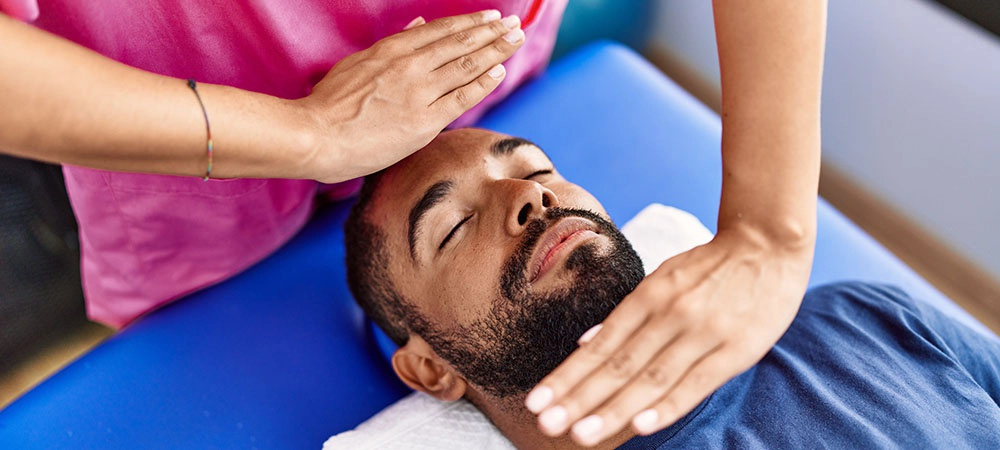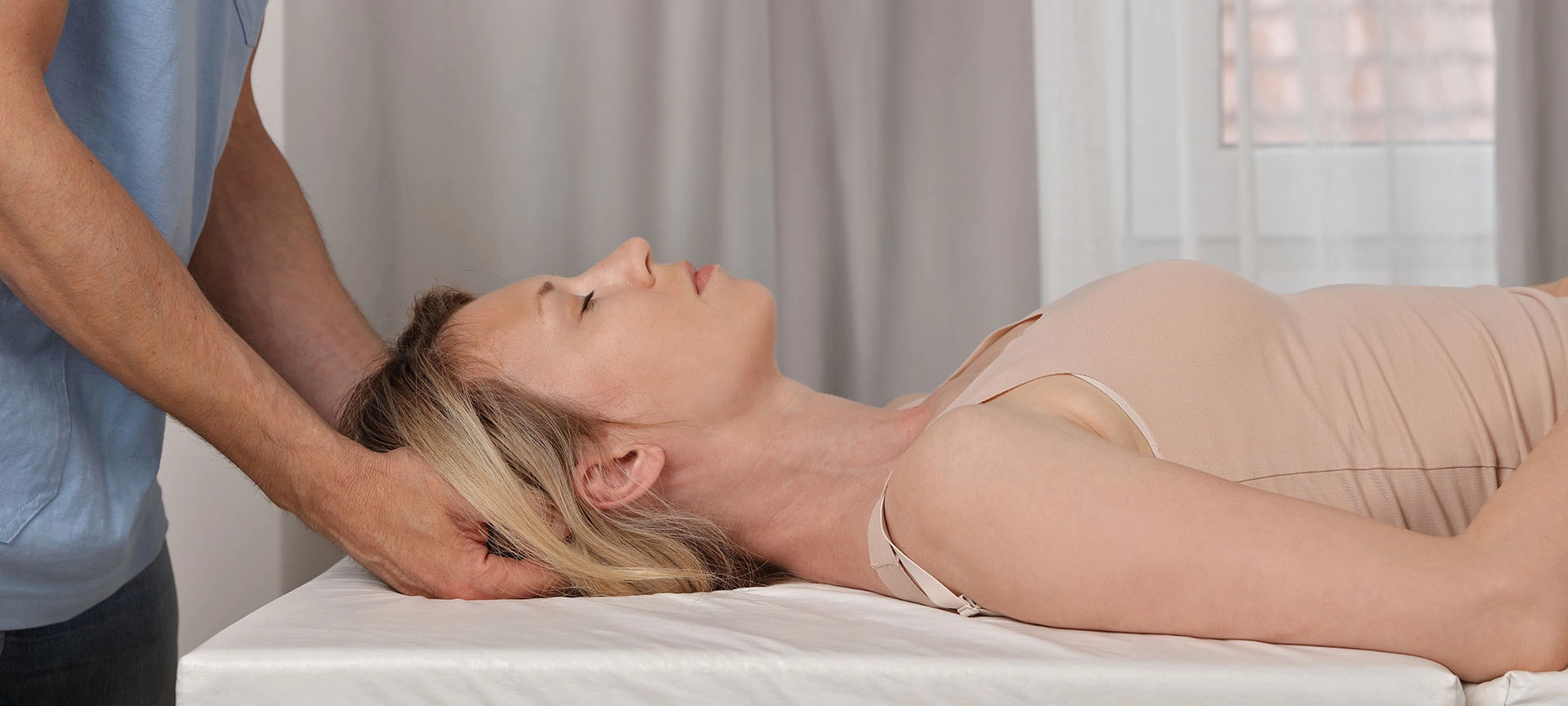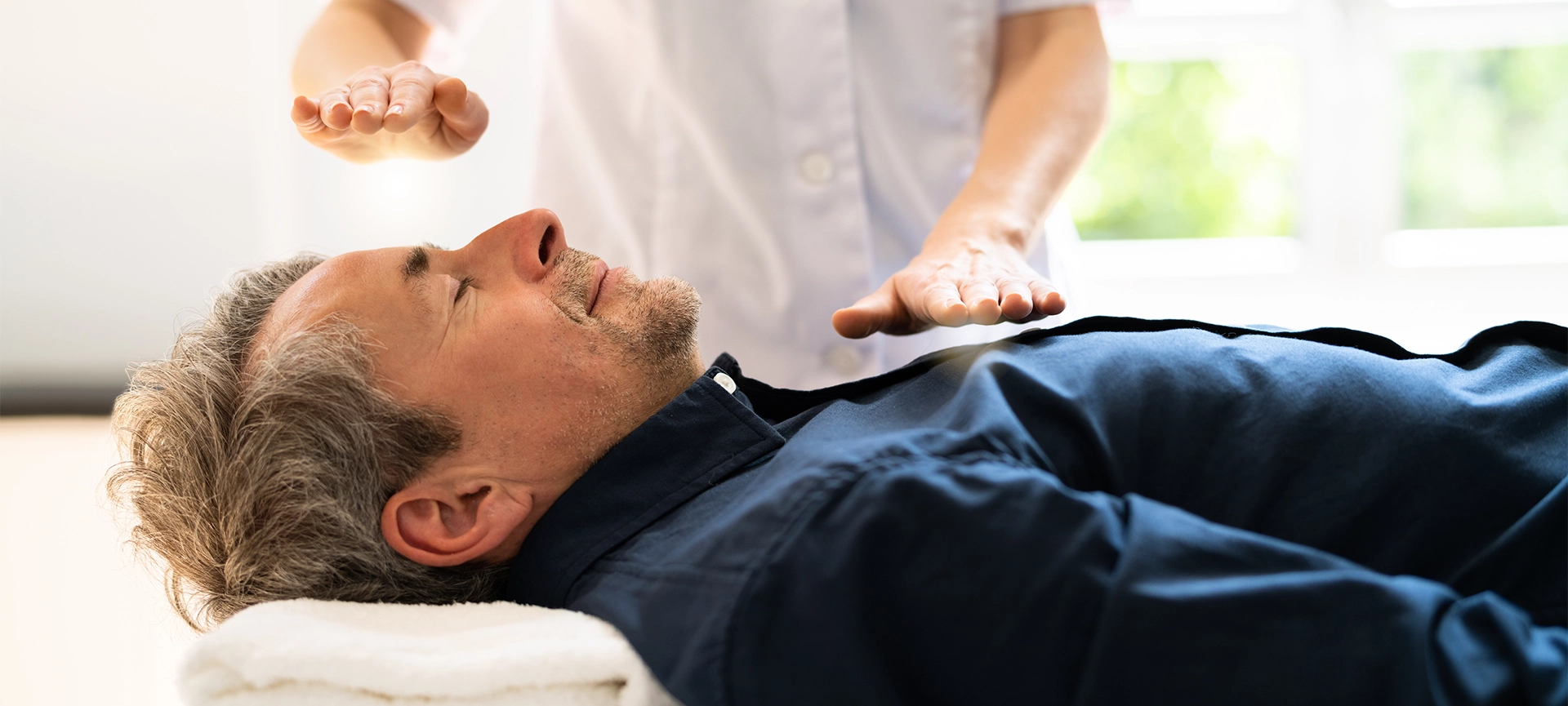Reiki is a form of complementary therapy relating to energy healing. Proponents say that it works with the energy fields around the body and involves the transfer of universal energy from the practitioner’s palms to the client.
Some curiosity surrounds Reiki, as clinical research has proven its effectiveness. Many people who receive Reiki claim to experience positive outcomes.
In this article, we explain what Reiki treatment involves, its reported health benefits, and the medical opinions surrounding it.
The average price of a reiki healing session varies from region to region and there are factors that influence the cost.
What is Reiki?
The word “Reiki” means “mysterious atmosphere, miraculous sign”. It comes from the Japanese words “rei”, meaning universal, and “ki”, meaning life energy.
Reiki is a type of energy healing. According to practitioners, energy can stagnate in the body where there has been physical injury or even emotional pain. In time, these energy blocks can cause illness.
Energy medicine aims to help the flow of energy and remove blocks in a similar way to acupuncture or acupressure. Reiki practitioners believe that improving the flow of energy around the body can enable relaxation, relieve pain, speed healing, and reduce other symptoms of illness.
Mikao Usui developed Usui Reiki Ryoho, the most current form of Reiki, in 1922. However, people have practiced Reiki for about 2,500 years.
People also refer to Reiki as palm healing or hands-on healing.
A Typical Reiki Healing Session
Practitioners usually conduct Reiki treatments in a peaceful, private setting. However, the treatment can take place anywhere. During a session, the client will sit in a comfortable chair or lie on a table, fully clothed.
The practitioner will then place their hands lightly on or over specific areas of the client’s head, limbs, and torso. They will typically keep their hands in these positions for 3-5 minutes.
If there is a particular injury, such as a burn, the practitioner will hold their hands just above the wound.
Advocates state that while the practitioner holds their hands lightly on or over the body, an energy transfer takes place. During this time, the practitioner may report that their hands feel warm or are tingling. They will hold each hand position until they sense that the energy has stopped flowing.
When the practitioner feels that the heat, or energy, in their hands has gone, they will remove their hands and place them over a different body area.

Some Reiki Techniques
The techniques that are used in Reiki include the following:
- centring
- clearing
- beaming
- extracting harmful energies
- infusing
- smoothing and raking the aura
Some Reiki practitioners use crystals and chakra healing wands to enable healing or protect a home from negative energy.
Although Reiki relies on no instruments beyond the practitioner, crystals, powders, or wands may be used. For example, Reiki can be done online, in which case many practitioners use crystals to assist with the energy vibrations.
Sessions can last for 45-90 minutes. The number of sessions varies depending on what a client wishes to accomplish. Some clients prefer to have one session, while others have a series of sessions to work on a particular issue.
Reiki Health Benefits
According to practitioners, Reiki channels universal energy known as ki, pronounced “chi.” This is the same energy involved in tai chi exercise, and it permeates the body. Reiki experts point out that although this energy is not measurable with modern scientific techniques, many who tune into it can feel it.
Reiki allegedly aids relaxation, assists in the body’s natural healing processes, and promotes emotional, mental, and spiritual well-being. There is anecdotal evidence suggesting that it induces deep relaxation, helps people cope with difficulties, relieves emotional stress, and improves overall well-being.
Reiki does not replace medical treatments. However, for conditions like cancer, heart disease, anxiety, chronic pain, and fatigue, Reiki can be an effective supplement to the patient’s medical treatment. For instance, some people with cancer may find Reiki beneficial as it may help them relax. The gentle nature of Reiki therapy may have a soothing effect on patients who find that they become overwhelmed with invasive therapy, fear, and stress.
Reiki’s Healing Power – What’s the Evidence?
Proponents of Reiki claim that it can enable relaxation, reduce pain, speed up healing, and improve some symptoms. Critics say that it flies in the face of our current understanding of the laws of nature. However, some studies have drawn links between Reiki and a reduction in feelings of pain and anxiety.
Scientists note that high-quality research into its effectiveness is lacking. In 2015, a review of studies on Reiki and the treatment of anxiety and depression concluded that there was “insufficient evidence to say whether or not Reiki is useful for people over 16 years of age with anxiety or depression or both.”
Of the few studies that the review assessed, most were of low quality, with small sample sizes, no peer review, or no control group. In contrast, a review article in the research found “reasonably strong support” for Reiki being more effective than a placebo in reducing pain and anxiety in people with chronic health conditions. However, the author of the review is a member of the Usui Reiki Association, so bias is possible.

How Much Does Reiki Healing Cost?
Reiki healing session cost vary depending on several factors.
Mode of Delivery
During the COVID-19 pandemic, many services that had been traditionally in-person became predominantly remote. We started to see that remote Reiki conducted properly can produce the same effects as in-person Reiki. Therefore, a lot of practitioners now offer both modes of delivery, and the costs of these may be different.
The Number of Concerns Addressed
Reiki works through a transfer of energy when the practitioner holds their hands near an injury or pain site. The more injury locations there are, the more energy transfers will be needed, and the longer the session will be. This will have an impact on the cost.
Experience Level of the Practitioner
As with most things, the more Reiki sessions a practitioner conducts, the better they will become. Someone with a lot of experience will generate results more quickly, and as a result, their services will probably be in high demand. They will be able to charge higher prices.
Acceptance in the Medical Community
When it comes to the evidential effectiveness of Reiki, the jury is still out. Research studies in this area have been sorely lacking, and most of the statistics we have are based on anecdotal evidence. As research about the effectiveness of Reiki improves, we could see a growing acceptance of Reiki within the medical community, and this could drive up the reiki healing cost.
Bundling of Services
Reiki is often part of a treatment program rather than a standalone service. If one practitioner or treatment facility provides Reiki in addition to other treatment modalities, clients may benefit from a “bundled” total cost.

Reiki as an Addiction Treatment Tool
Some key benefits of Reiki are relaxation, stress reduction, and an improved sense of physical and mental well-being. At Addiction Rehab Toronto, we see the value of using Reiki to help people who are trying to overcome addictions. Addiction treatment is not easy: the process can involve painful introspection and the exploration of traumatic memories. We use Reiki to help our clients find a sense of peace and restoration. Contact us for more information.







